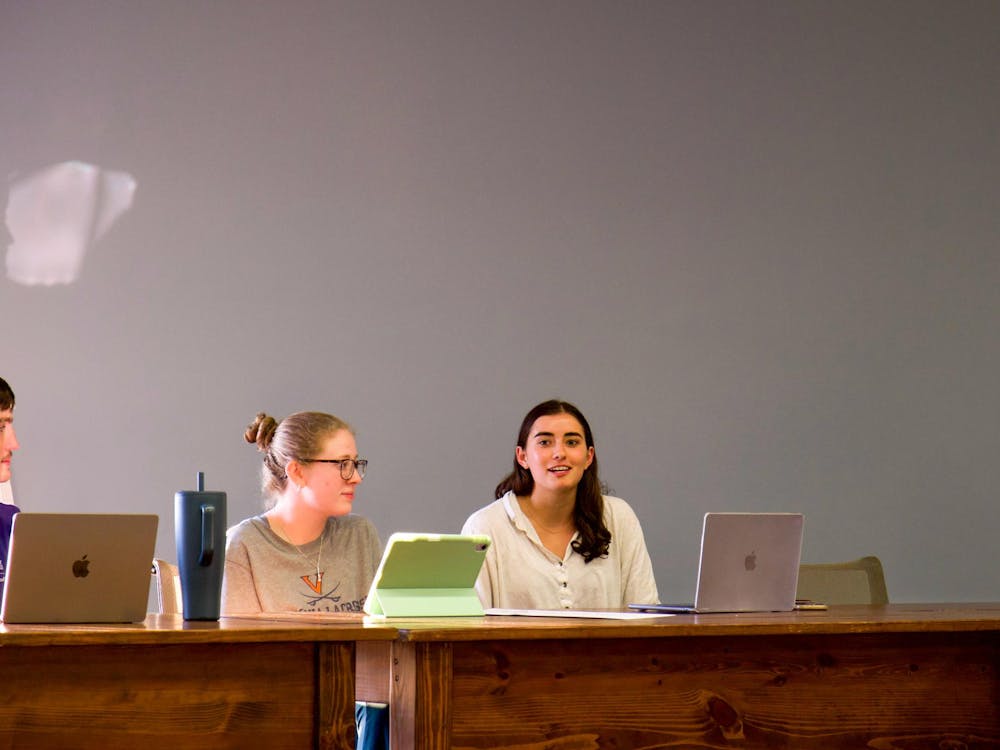The uncertainty created by termination of the early decision program and financial constraints resulting from a declining economy led to an increase in the number of students admitted from many institutions’ wait lists this year. The University, however, saw a decrease after underestimating the number of students who would accept their admissions offers.
“I have certainly seen more students get into top-choice schools off the wait list [for the Class of 2012] than I have in 20 years in the admission business,” College Confidential Senior Advisor Sally Rubenstone said.
Steven Goodman, an education consultant and admissions strategist with topcolleges.com agreed, estimating that colleges are accepting 2 to 5 percent more students now from wait lists nationwide then they have in the past few years.
Both Rubenstone and Goodman said that the end of the early decision program in schools such as the University of Virginia, Harvard University and Princeton University likely caused the admissions uncertainty.
“Movement away from early decision has made it a much more uncertain admissions environment,” Goodman said, adding that it is no longer realistic to only apply to the University without the early decision program, pushing students to apply to more and more universities.
Associate Dean of Admissions Greg Roberts said that sense of uncertainty extends to the admission staff; because one-third of each previous incoming class was composed of students admitted through early decision, it was difficult to estimate how many students should be offered admission.
“We had to make offers without knowing how many students would accept our offer,” Roberts said.
The University was conscious of the admissions changes that the end of early decision would bring, Roberts said, and placed fewer students on the wait list than in previous years. The Class of 2012 had a wait list of 3,283 students compared to 2011’s 4,130, Roberts said.
This year, only 48 students were admitted to the University from the wait list as compared to last year’s 100, Roberts said, because admission officials underestimated how many students would accept admission.
The declining economy is also impacting the number of students being admitted from wait lists, Rubenstone said, noting that the current economy is causing students to think more carefully about the financial aspect of choosing a college.
“Families are making decisions about college choices based on costs more than they ever have,” Goodman said.
Rubenstone said students are applying to more and more schools in search of financial and merit-based aid, thus expanding the size of many colleges’ wait lists. According to Rubenstone, many colleges and universities are vague in describing the requirements for merit scholarships, forcing many into a “guessing game” for aid.
“Because of the financial climate,” Rubenstone said, “parents who five years ago thought they would be paying for their children’s education may have found that this [is] not the case.”






